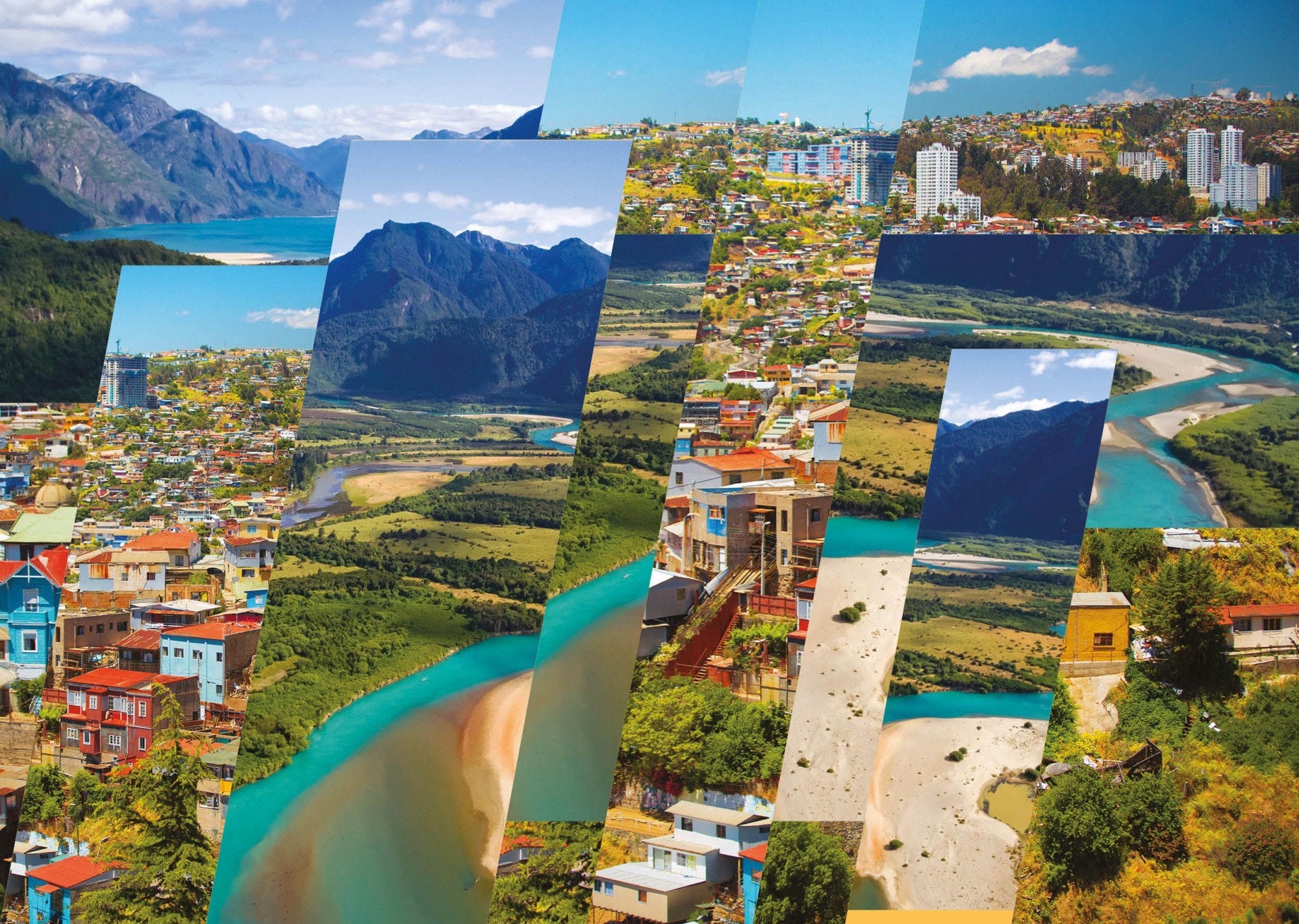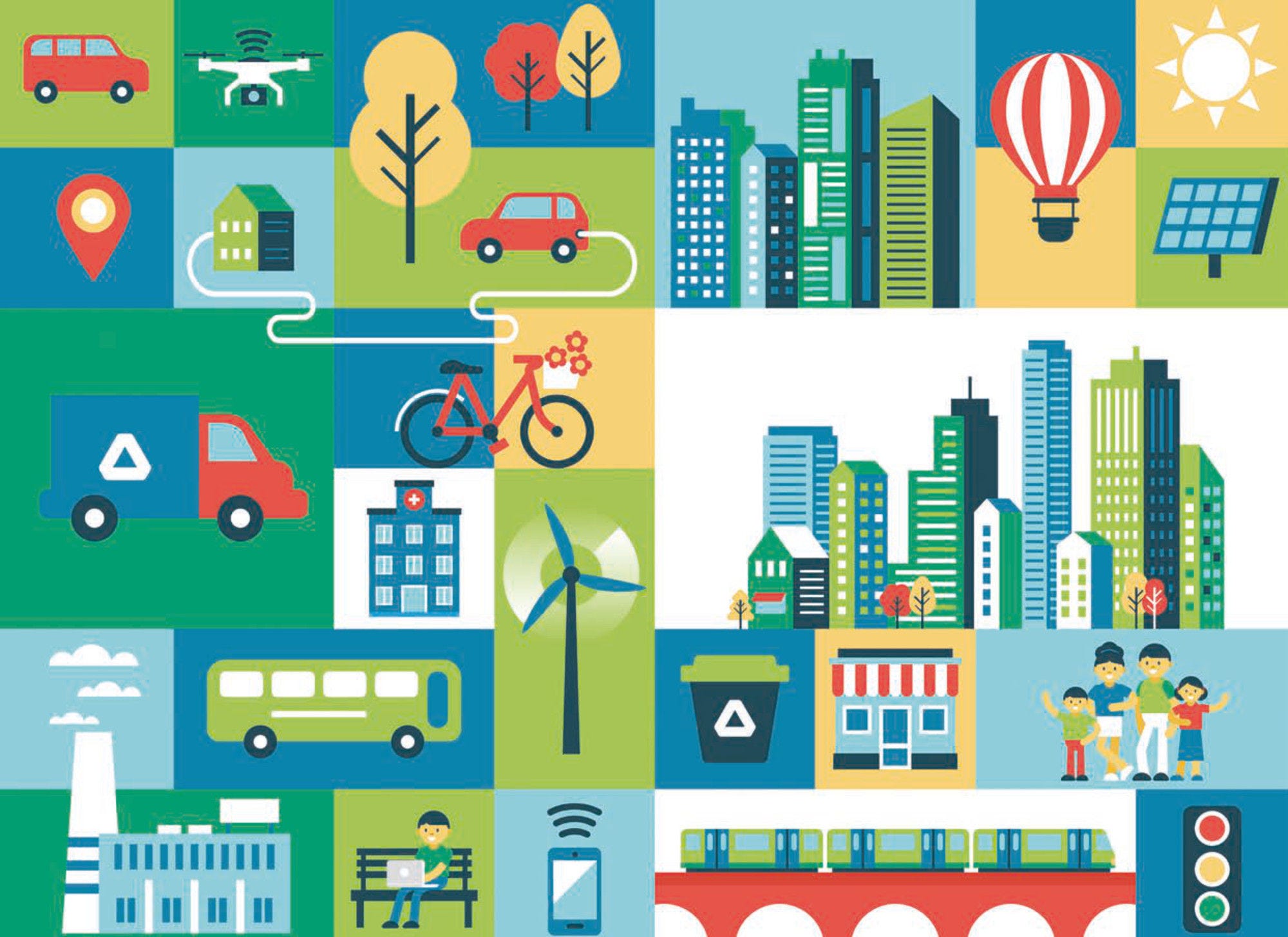Preparedness: Southeast Asian cities are largely underprepared for natural disaster risks, especially as regards vulnerability and risk assessment practices. Comprehensive hazard assessment and mapping is not uniformly employed, which is particularly harmful for identifying and protecting low-income communities at risk. From the five countries analysed, the Philippines has the most advanced DRM framework for cities, instructing the preparation and implementation of disaster management plans with financial resource allocation to local governments. However, only 1 out of 13 local government units in Metro Cebu has completed such plans.
Land-use: Land-use policies do not often consider DRM, which has resulted in continued urban development in risk-prone areas. For example, in the last 20 years, urbanisation in the vicinities of the Bangkok Metropolitan Region, Thailand has led to the disappearance of natural areas of water retention and flood plain that play a key role in managing excess water and limiting flood damage, as was the case for the 2011 floods.
Urban infrastructure: Two-thirds of Asia’s infrastructure needs by 2050 still have to be built and financed, thus providing an opportunity to factor in resilience to natural disasters. The large need for infrastructure investment will require large-scale private sector engagement. To this end, public finance plays a critical role to facilitate, leverage and guide private investment. At the city level, this is a challenge when tax revenues collected by local governments are often small. For example, the municipality of Hai Phong, Viet Nam has limited prerogative to collect its own revenues, and retains only 15-20% of local taxes collected from residents and businesses, and none of the customs revenues collected from port duties.
Insurance: Adequate private and public insurance mechanisms to share disasters risks are not well developed in the case study cities. Almost three-quarters of all financial damages globally are not insured, and this insurance gap is even more pronounced in Asia. The Thai government’s National Catastrophe Insurance Fund is a good example of a reinsurance reserve, where local insurance companies that issue policies retain part of the risk underwritten and transfer the rest to the Fund, which in turn retrocedes a portion to international carriers on the global reinsurance market.
Governance: The co-ordination mechanisms between national and local governments are often lacking or not clearly defined, obstructing the implementation of national policy frameworks (when they exist) at the local level. In Indonesia, the National Agency for Disaster Management and the Disaster Management Authority make an active effort to co-ordinate with other ministries at the national and provincial levels. However, many provincial disaster management agencies have limited resources and are often waiting for national funding instead of actively allocating their limited budgets to their DRM projects.
Stakeholder engagement: While engaging local communities from the early stages of decision-making can help develop more effective and inclusive DRM strategies and frameworks, such opportunities are not always offered in the case study cities. Based on the lesson learned from the 2011 megafloods that local communities are first-responders in the event of a disaster, Bangkok started co-ordinating more with local residents by going out into the field and discussing flood issues with local leaders. Such a strategy could make the residents’ future response to disasters better organised and render their co-ordination and collaboration with government even more effective.














